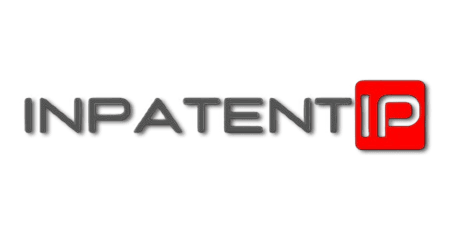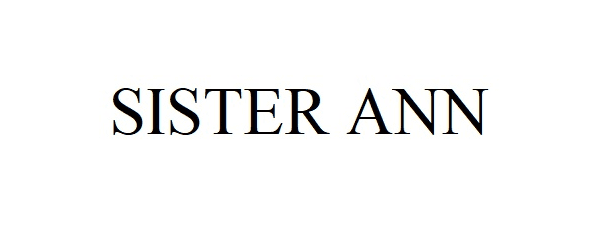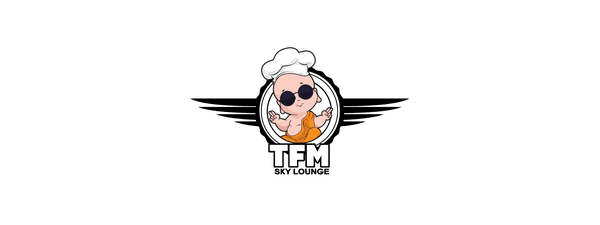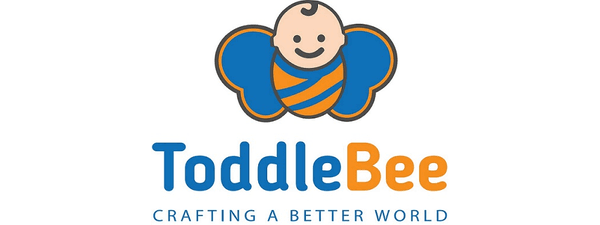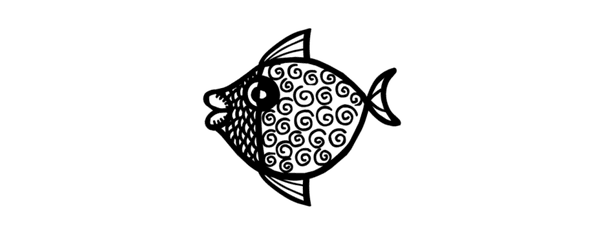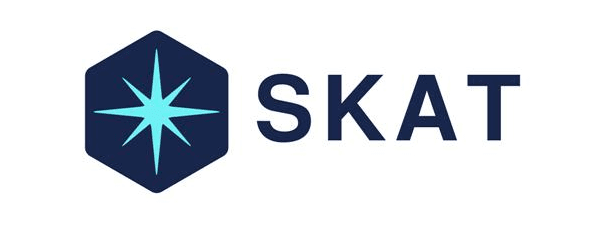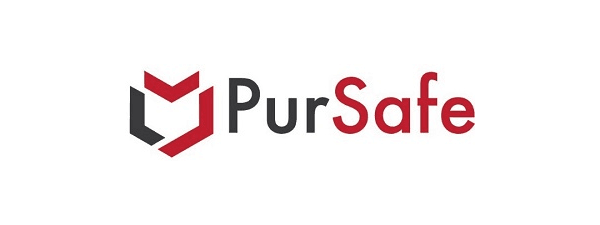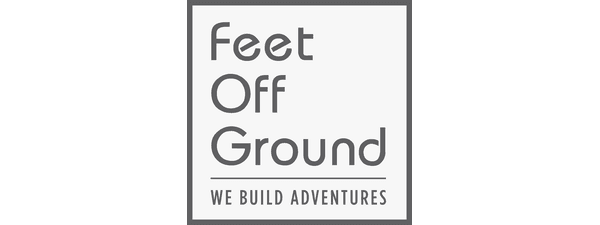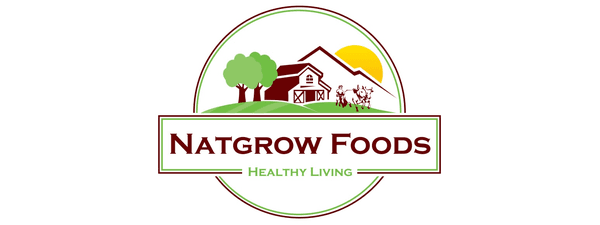Maximize Value
Minimize Risk
Our structured approach to intellectual property management integrates industry best practices and advanced analytics to safeguard and optimize your intangible assets. By leveraging comprehensive due diligence, patent landscaping, and risk assessment methodologies, we ensure that your IP portfolio is strategically aligned with your business objectives and market dynamics.
Through iterative feedback loops and cross-disciplinary collaboration, we implement adaptive IP strategies that encompass patent prosecution, trademark clearance, design registration, and enforcement mechanisms. Our process harnesses cutting-edge tools for prior art searches, competitive intelligence, and infringement monitoring to provide you with a robust defense and growth roadmap.


Unlock the Potential of
Intellectual Property
Capitalize on low hanging fruit to identify a ballpark value added activity to beta test.
Comprehensive IP Audit and Portfolio Review
An IP audit is often the starting point for understanding the scope, strength, and potential of an organization’s intellectual property. This process involves reviewing registered and unregistered assets, including patents, trademarks, copyrights, and industrial designs, to assess existing protection, identify underutilized assets, and detect potential overlaps or lapses. Objective evaluations assist clients in making informed decisions regarding asset maintenance, monetization potential, and legal risk management.
Filing and Prosecution Planning
Based on the audit, a tailored filing and prosecution strategy is developed. This considers factors such as jurisdictional requirements, industry trends, timelines for innovation, and budgetary allocations. The goal is to streamline filings and manage prosecution efficiently, with appropriate consideration to regulatory frameworks and business needs. Procedural steps are coordinated to reduce examination delays, address office actions efficiently, and improve overall portfolio strength.
Infringement Risk Review and Enforcement Readiness
Organizations benefit from advance analysis of possible infringement exposure. This includes market assessments, competitor IP mapping, and legal due diligence. When concerns are identified, enforcement preparedness measures are designed—such as notice drafting, procedural guidance, and appropriate coordination with enforcement bodies. These steps are taken with a focus on safeguarding legal rights while ensuring proportional and legally sound responses.
Ongoing Monitoring and Portfolio Maintenance
Regular monitoring supports compliance with statutory deadlines, updates based on legal developments, and continuous alignment with business evolution. Structured docketing systems, supported by technological tools, help track key dates and events. Periodic reviews allow clients to retire redundant filings, maintain essential registrations, and reallocate resources effectively for strategic advantage.
Integrated and Adaptive IP Management
Intellectual property management requires collaboration across legal, technical, and commercial teams. By enabling structured planning and stakeholder coordination, organizations can better respond to market shifts, technological advancements, and regulatory updates. This structured, adaptive approach promotes long-term IP value and consistent protection aligned with evolving commercial strategies.

Get in Touch
Feel free to reach out via email at any time. In-person meetings are available by appointment only. We value your suggestions and look forward to assisting you.
Delhi - 110017
query@inpatent.com

